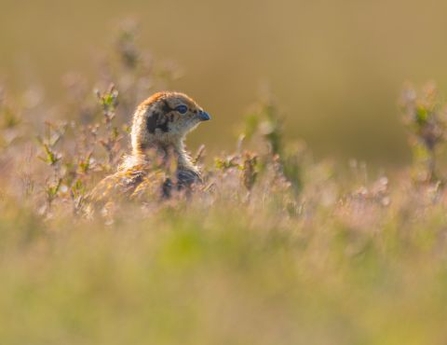Introduction
The Wildlife Management & Muirburn Bill is currently passing through the Scottish Parliament and proposes to introduce a stronger regulatory framework for grouse moor management and the practice of muirburn. The IUCN UK Peatland Programme (IUCN UK PP) welcomes this legislation. The overwhelming scientific evidence base points to burning on peatlands causing damage to key peatland species, peatland ecosystem health and the sustainability of peatland soils. The new legislation will introduce stronger controls on the practice of burning in the uplands on peatlands. This is set out in the IUCN UK PP’s position on burning on peatlands.
The Climate Change Committee has recommended (see p561) the introduction of policy to end rotational burning on peatland across the UK, in view of the significance of Scotland’s peatlands for carbon, water and biodiversity, and the huge costs to society arising from damaged peatlands. Muirburn regulation is also important to protect the huge societal investment in the restoration of peatlands (including work undertaken on estates managed for grouse), through the Scottish Government Peatland ACTION programme, as well as significant private investment from environmental bodies, European Union funding, lottery funding and through the Peatland Code.
The Bill as drafted will potentially represent an improvement on the current position in relation to muirburn. A light-touch regulatory framework, set out in the Hill Farming Act 1946 and a largely voluntary code of conduct, means there is currently limited regulatory oversight of what we consider to be a high-risk activity. However the IUCN UK PP has highlighted concerns about how peatlands are defined in the Bill: this definition could result in more than half of Scotland’s peatlands, which are valuable carbon stores and important for peatland biodiversity, being not technically considered as ‘peatlands’ under the legislation and thus leaving them vulnerable to further degradation.
What is currently proposed?
If the Bill is passed as currently drafted, an owner or occupier of land may apply for a licence to undertake muirburn on land that is not considered to be peatland for sporting, farming, conservation, wildfire management or research purposes. Where the land is peatland, the owner or occupier may apply for a licence for the purposes of restoring the natural environment, wildfire risk management or research. In effect, burning on peatlands is restricted; land managers would not be able to burn on peatlands for sporting or farming purposes.
How ‘peatland’ and ‘not peatland’ are defined is therefore important because it determines where different sets of rules apply. At present the Bill defines ‘peatland’ as “land where the soil has a layer of peat with a thickness of more than 40 centimetres” (where ‘peat’ means soil which has an organic content of more than 60%).
It is important to recognise that these provisions in the Bill are aimed at better protecting peatlands and will provide improvements. Compared to the current situation (where, under the voluntary Muirburn Code, land managers are not supposed to burn on peatlands of a depth greater than 50cm), the new regime will require a proper assessment of peatlands before obtaining a licence and NatureScot will need to approve the licence and satisfy itself that the burning is going to be undertaken for the appropriate purposes. The regulatory, as opposed to voluntary, approach also allows for compliance to be assessed and provides a legal basis for corrective actions to be taken.
However, the definition of peat as 60% organic matter and peatland as an area of peat greater than 40cm in depth raises some serious concerns.

